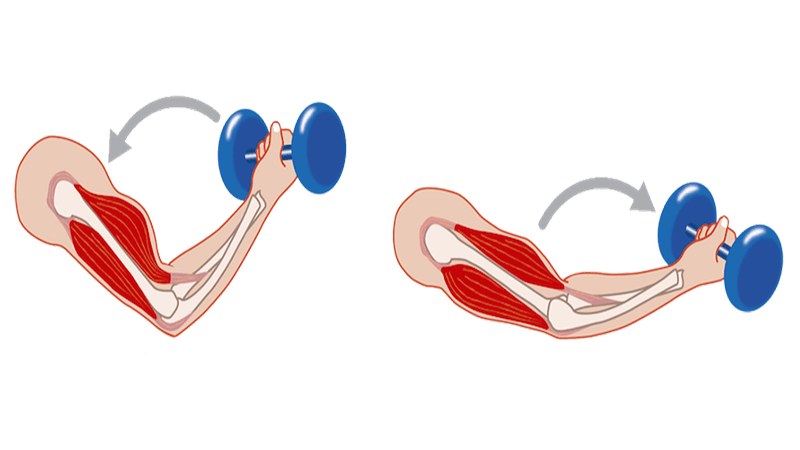Tag: diagram
-

Labeling for Understanding Muscle Structure
Muscles are more than just the engines behind movement—they are complex structures that perform critical roles in our bodies. For anatomy students, getting a firm grasp of the detailed structure of muscles is essential. This worksheet helps students visualize the intricate components of muscle fibers and how they work together to produce movement. A detailed…
-

Muscles Are Named Based on Shape and Movement
Students complete a chart that describes common words used in muscle naming, like maximus and brevis.
-

Flex Your Muscles! A Close Look at the Biceps
Students explore how muscles contract with a focus on the biceps and triceps. They learn how muscle work by labeling diagrams and answering questions.
-

Construct a Chordate Cladogram – Guided Learning
Students learn how to construct a cladogram with this guided learning activity that focuses on the chordate group.
-

Bone Tissue (Guided)
Students learn about bone tissue by progressing through slides with images and explanations. Students perform tasks, such as labeling or answering questions.
-

Label Cell Diagrams Using Google Draw
Label a cell using PDF form fields or google draw. Can be assigned on chromebooks or remotely.
-

Cell Labeling: Simple and Complex
Students practice labeling organelles on a simple model (2D) and a more complex model. The idea is for students to gain an appreciation for how cell diagrams are created. They don’t all look alike, and are often artistically created. Cell organelles tend to follow basic design rules, like the mitochondria will generally look like a…
-

Photosynthesis Coloring
Students read short text passages and then color images to help them relate the textual information with the graphic.
-

Body Systems Graphic Organizer
Graphic of the body systems where students fill in blanks about structures within the organ system and their functions. This concept map can be used as a review or as a way to organize notes over the body systems.
-

Label the Parts of the Plant and Animal Cell
Label a diagram of an animal cell and a plant cell; a diagram showing how proteins are produced by ribosomes, and finally packaged by the golgi apparatus.
-

Scientific Method – Answering Causal Questions
Examine a flow chart which considers a question about water evaporation; hypotheses are proposed to test the effects of air flow, light, and temperature.
-

Cladogram Analysis
A short explanation of phylogeny and using cladograms, where students analyze a diagram, identify derived characters, and then construct their own cladogram.
-

Comparing Plant Cells
Students observe onion cells and elodea cells using the light microscope. Students compare structures found in each type of cell and create drawings.
-

Frog Dissection Resources for High School Biology
This student guide (dissection manual) walks students through the frog dissection. Each step has a check box to help students focus and stay on track. Detailed descriptions of structures will help students locate organs with minimal help from the instructor.

